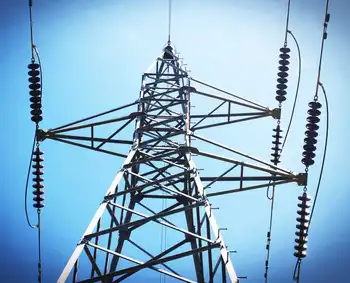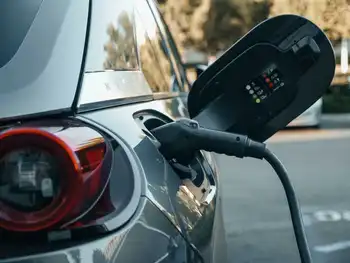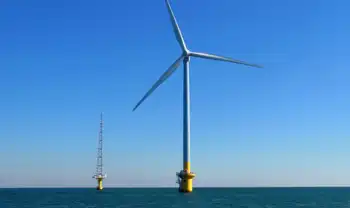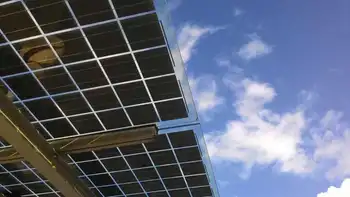AEP wants to ask customers to chip in
By The Roanoke Times
Substation Relay Protection Training
Our customized live online or in‑person group training can be delivered to your staff at your location.

- Live Online
- 12 hours Instructor-led
- Group Training Available
The utility said the minimum investment will be $1.50 a month. A typical residential customer could elect to fully offset his electrical consumption with green energy by paying about $15 monthly.
The voluntary program, if approved by state regulators, will be open to nonresidential customers, too.
The company applied July 1 for permission to start in September. But the Virginia State Corporation Commission is taking additional time to evaluate public comments, those of its staff and any rebuttal by the company. A staff report is due Oct. 15.
The SCC is also gathering reaction to proposed increases in electrical bills, arising from three rate-increase filings. The proposals, if approved, could mean that by early next year, the typical electrical bill for a modest home could rise from about $70 to $100 a month.
Appalachian said the portion of its electricity derived from renewable sources is 2 percent. Those sources are water and wind as opposed to primarily coal.
The proposed new program, called a Renewable Power Rider, will encourage the utility to go higher, spokesman John Shepelwich said.
"It pushes us," said Shepelwich, who explained the goal is 12 percent by about 2020.
Here's how that push will work: In one of its renewable-power strategies, Appalachian buys electricity from the municipally owned Summersville Dam Hydroelectric Project in West Virginia.
In addition to receiving the energy, the company receives renewable energy credits. If Appalachian becomes subject to mandatory renewable energy standards, it would comply by handing over the credits. Or, it might sell the credits to another utility that needs some. For now, it is hanging onto them.
Under the Renewable Power Rider program, Appalachian will empower Virginia consumers to cancel some of those credits with additional, voluntary payments included in bills.
That, in turn, theoretically leaves the company in need of more credits. Purchases of more renewable energy are the expected result.
"The company recognizes that there is a growing interest in the development of renewable energy resources," the company wrote to regulators.
"It would like to provide its customers the opportunity to support voluntarily the development of renewable resources in a simple, reasonable and prudent manner through their monthly bills."
The caveat is, the company doesn't want to risk all of its Summersville credits.
So it is placing only 10 percent up for cancellation or retirement. If 1 percent of customers participate in the program, the program could hit its target and the utility intends to close it to new participants.
It wants to hang onto the other 90 percent in case they become saleable for an attractive price or essential to meet a government renewable energy mandate.
But this is the first go-around for the program, and the parameters could be changed, Shepelwich said.











